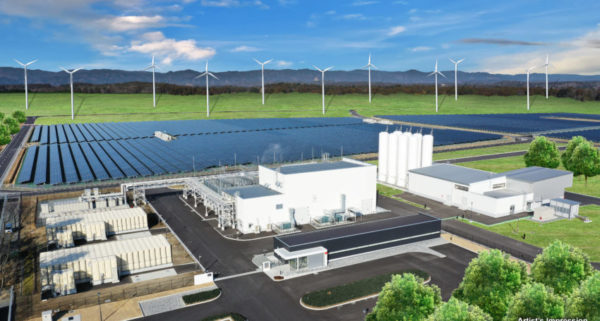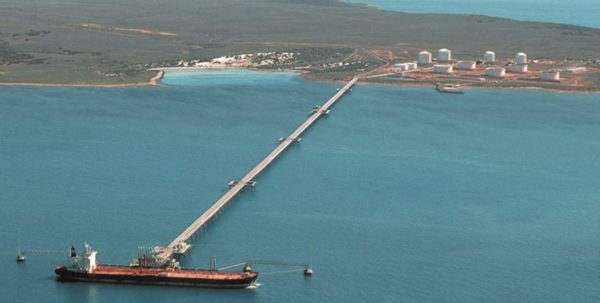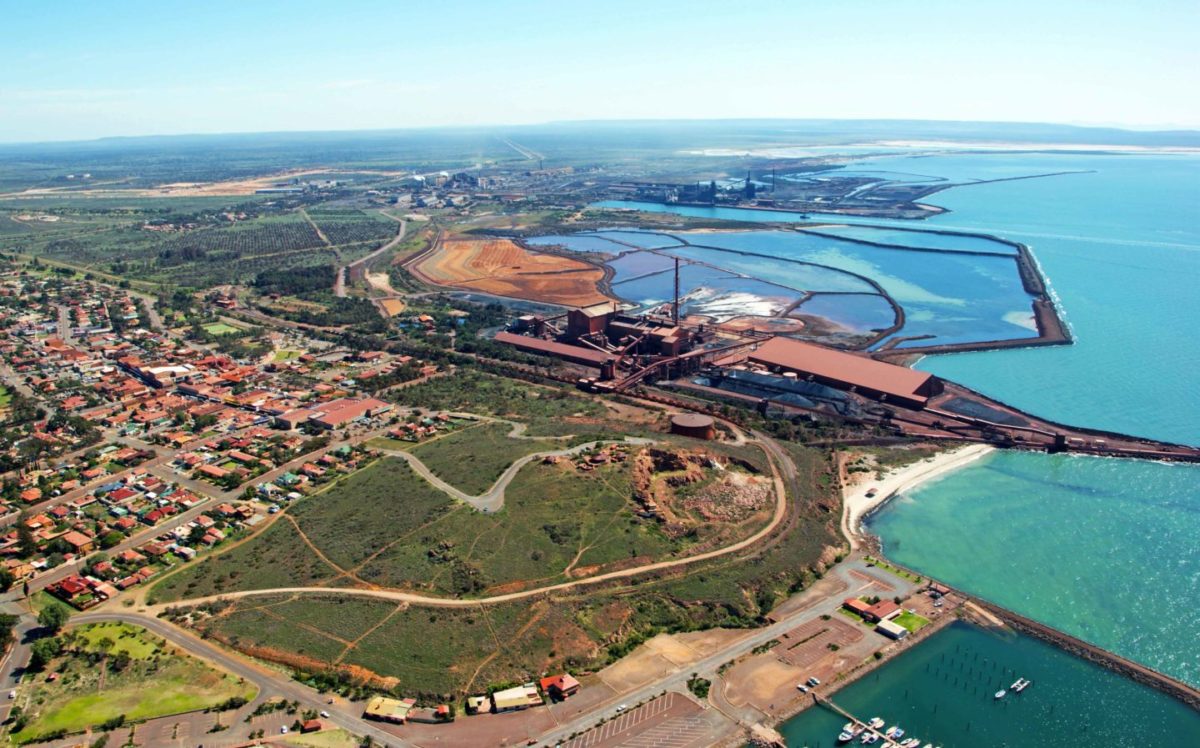South Australia (SA) Labor this week announced it will develop a massive green hydrogen power plant, including 250MWe of hydrogen electrolyser facilities, at Whyalla on the east coast of the Eyre Peninsula if it wins the state election to be held on 19 March.
SA Opposition leader Peter Malinauskas said on Wednesday a Labor government would build a 250MWe hydrogen electrolyser facility, a 200MW hydrogen-fuelled power station and storage capacity capable of holding 3,600 tonnes of hydrogen at Whyalla.
“A global transformation of the energy sector is underway. South Australia’s unique coincidence of wind and solar resources provides us with an unprecedented opportunity to lead in this transition,” he said.
Malinauskas said the electrolysers would use excess renewable energy to produce green hydrogen, reducing the need to remotely switch off rooftop solar for households and businesses, and would help unlock a $20 billion pipeline of renewable energy projects in the state.
The State Opposition has previously said the initiative, which would provide firming capacity in the state grid, will be operational by 2025.
The hydrogen project, which forms the centrepiece of Labor’s energy policy, was first flagged as an election promise in March last year but no location was revealed at the time.
The State Opposition said on Wednesday it had received a “comprehensive submission” from the City of Whyalla to host the project, with the area chosen due to its status as a “large industrial city” with a “highly trained workforce and service industry”.

Image: SA Labor
Labor also touted the Eyre Peninsula town’s proximity to a deep-water port along with its air and rail infrastructure.
Malinauskas said Whyalla was “the perfect location for our Hydrogen Power Station, given its prime location, proximity to key infrastructure and diverse skills base”.
“South Australia already has a strong reputation for leading Australia and the world when it comes to renewable energy – and this is our next big leap forward,” he said.
Labor said if elected it would form an expert panel to report back within 90 days to identify the most appropriate parcel of land in the Whyalla and nearby Port Bonython area for the development.
The panel, including representatives from the local Indigenous community along with energy and infrastructure experts, will consider a range of factors in choosing a site, including access to adequate water and future export potential for excess hydrogen.
Whyalla Mayor Clare McLaughlin said the project could be “game-changing” for the city, diversifying the local economy and providing a more stable and secure future.
“Over the next decade, we believe Whyalla can be at the epicentre of global green hydrogen development, helping Australia achieve net-zero emissions by 2050,” she said.

Image: Whyalla
The current South Australian government is also exploring green hydrogen opportunities in the region, announcing late last year it had shortlisted seven renewable hydrogen projects that combined could produce more than 1.5 million tonnes of green hydrogen a year as it looks to develop the proposed Port Bonython Hydrogen Hub.
The Port Bonython Hydrogen Hub, identified as a potential export hub for green hydrogen in SA’s Hydrogen Export Prospectus, assumes 2.3-6.5 GW renewable energy development to feed electrolysers of 1.2-2.5 GW.
McLaughlin said it was “welcoming and encouraging” that both sides of politics recognised the critical importance green hydrogen will play in the state and nation’s green future.
“With bipartisan support at both federal and state levels to establish Whyalla as a green hydrogen hub, council is looking forward to working with the parties that form government to make this vision a reality,” she said.
This content is protected by copyright and may not be reused. If you want to cooperate with us and would like to reuse some of our content, please contact: editors@pv-magazine.com.









By submitting this form you agree to pv magazine using your data for the purposes of publishing your comment.
Your personal data will only be disclosed or otherwise transmitted to third parties for the purposes of spam filtering or if this is necessary for technical maintenance of the website. Any other transfer to third parties will not take place unless this is justified on the basis of applicable data protection regulations or if pv magazine is legally obliged to do so.
You may revoke this consent at any time with effect for the future, in which case your personal data will be deleted immediately. Otherwise, your data will be deleted if pv magazine has processed your request or the purpose of data storage is fulfilled.
Further information on data privacy can be found in our Data Protection Policy.